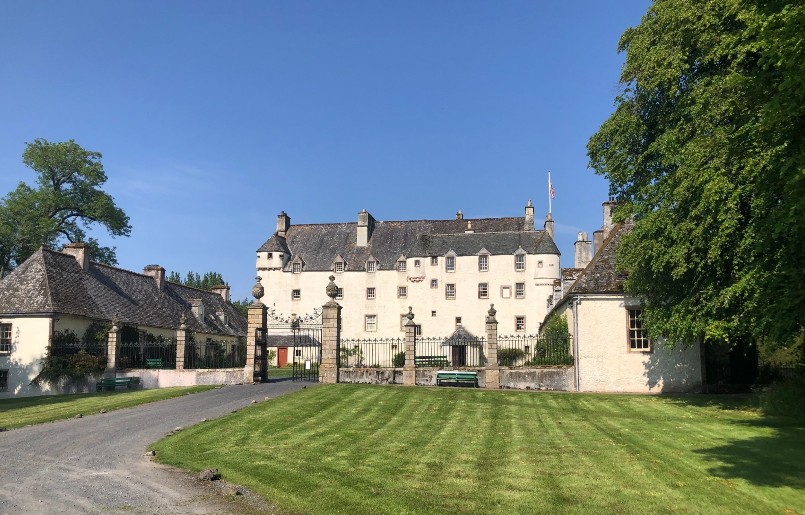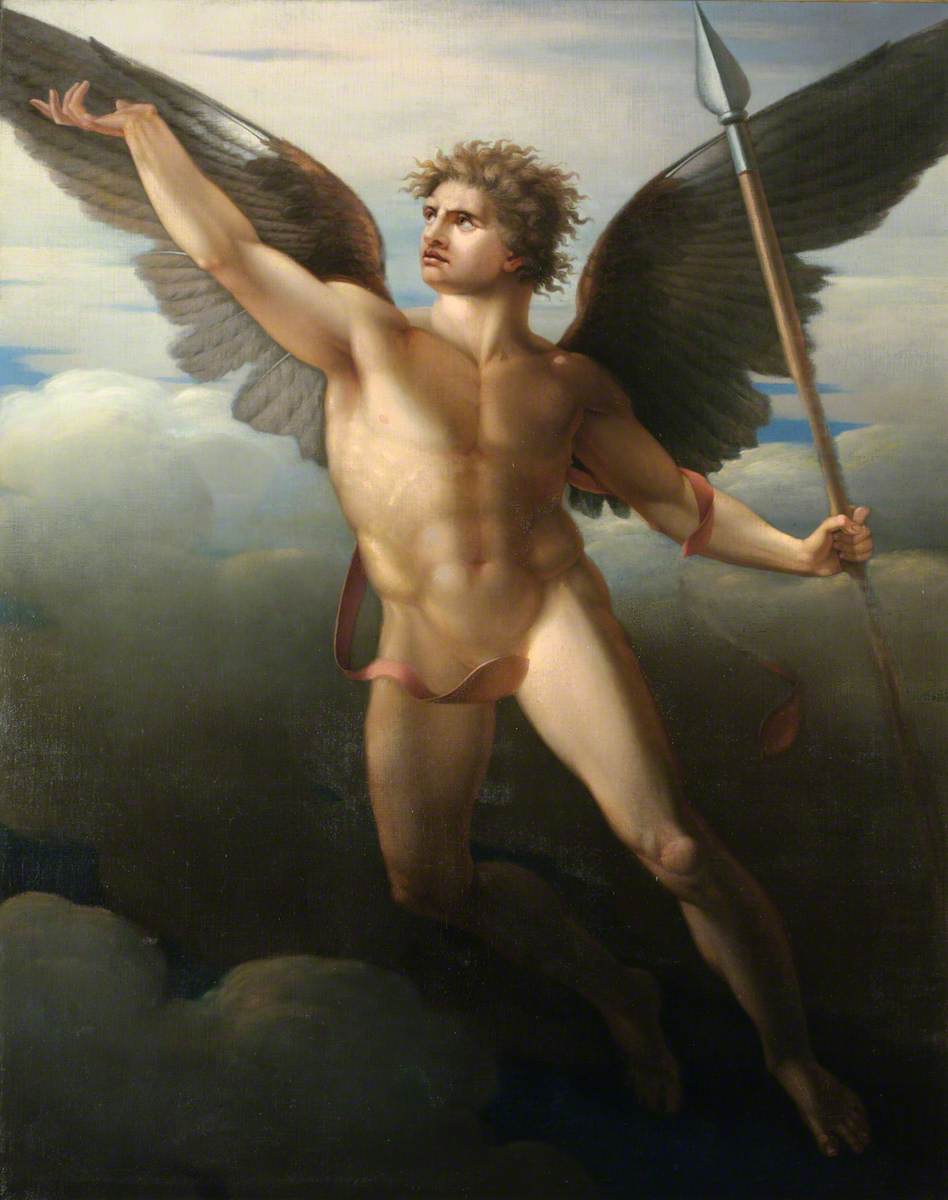”They wept together”: Investigating miscarriage, taboo and support in early modern Scotland
content
Dr Philippa Woodcock was one of the recipients of the 2025 David Berry Fellowship for the History of Scotland and the Scottish People by the Royal Historical Society, and this funding will support her research on this project.
You can follow the project and visits Dr Woodcock has conducted below.

